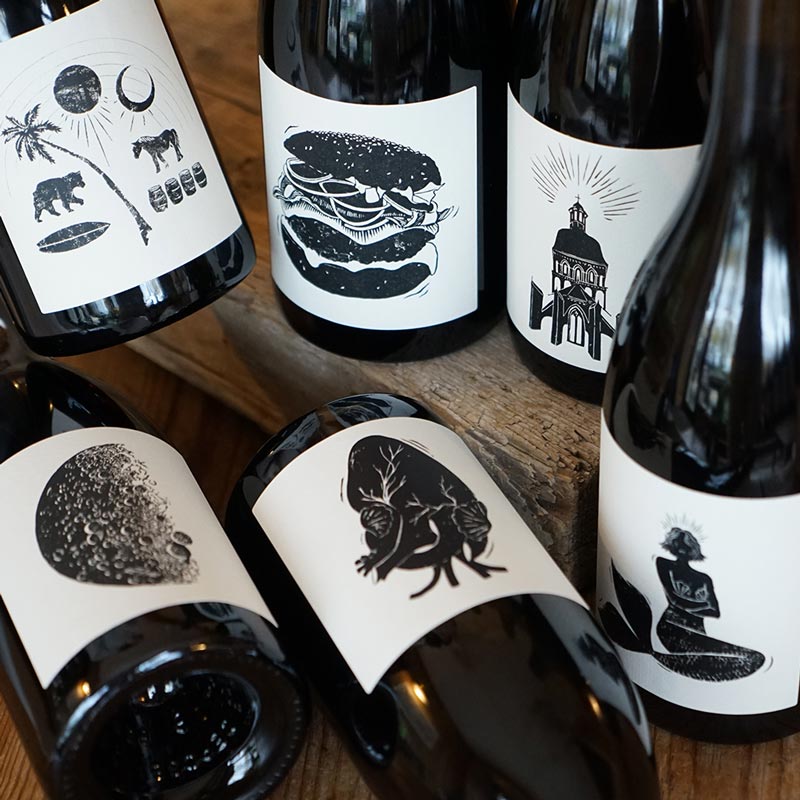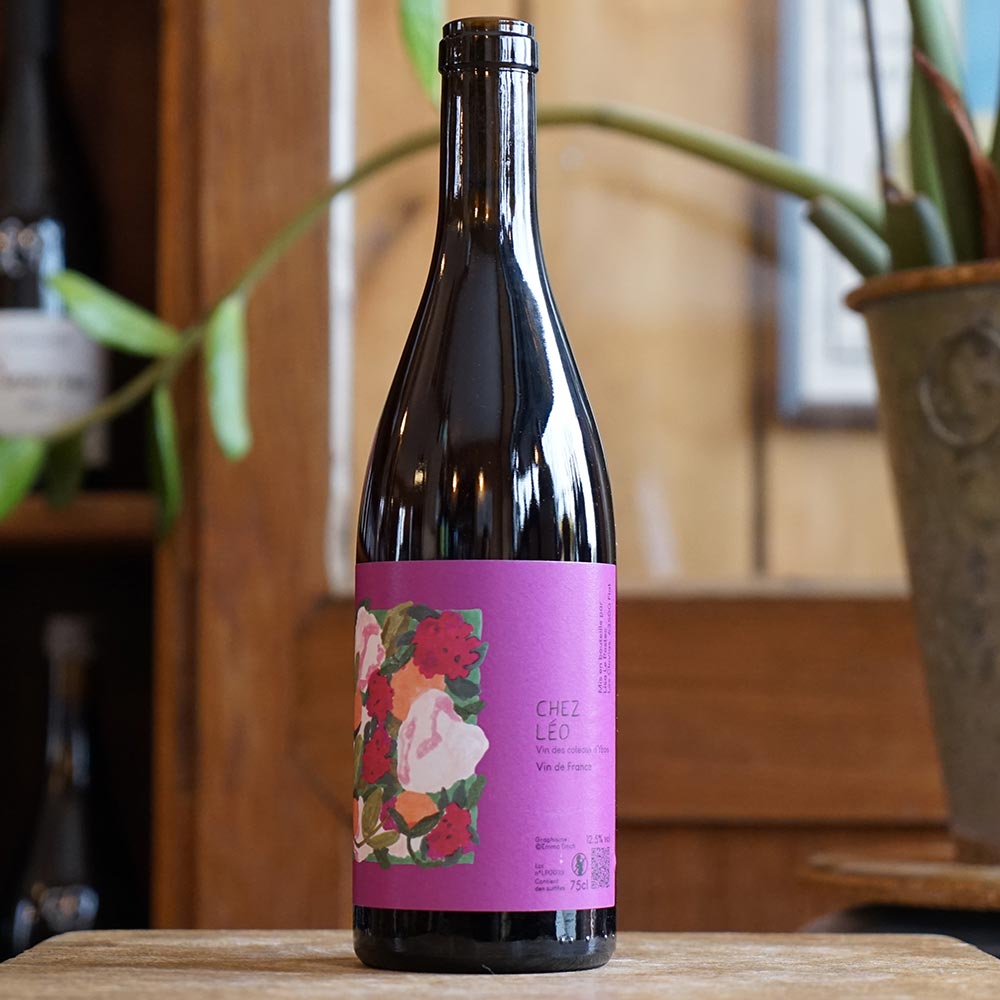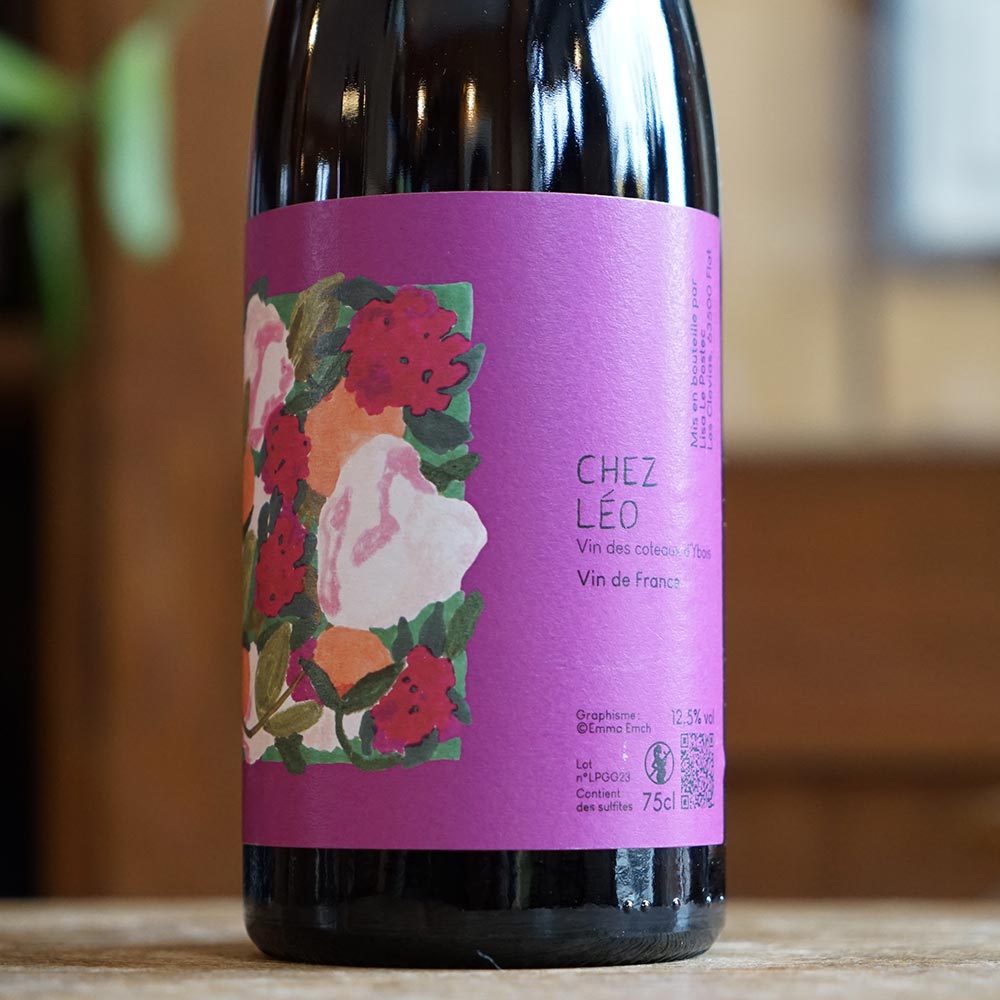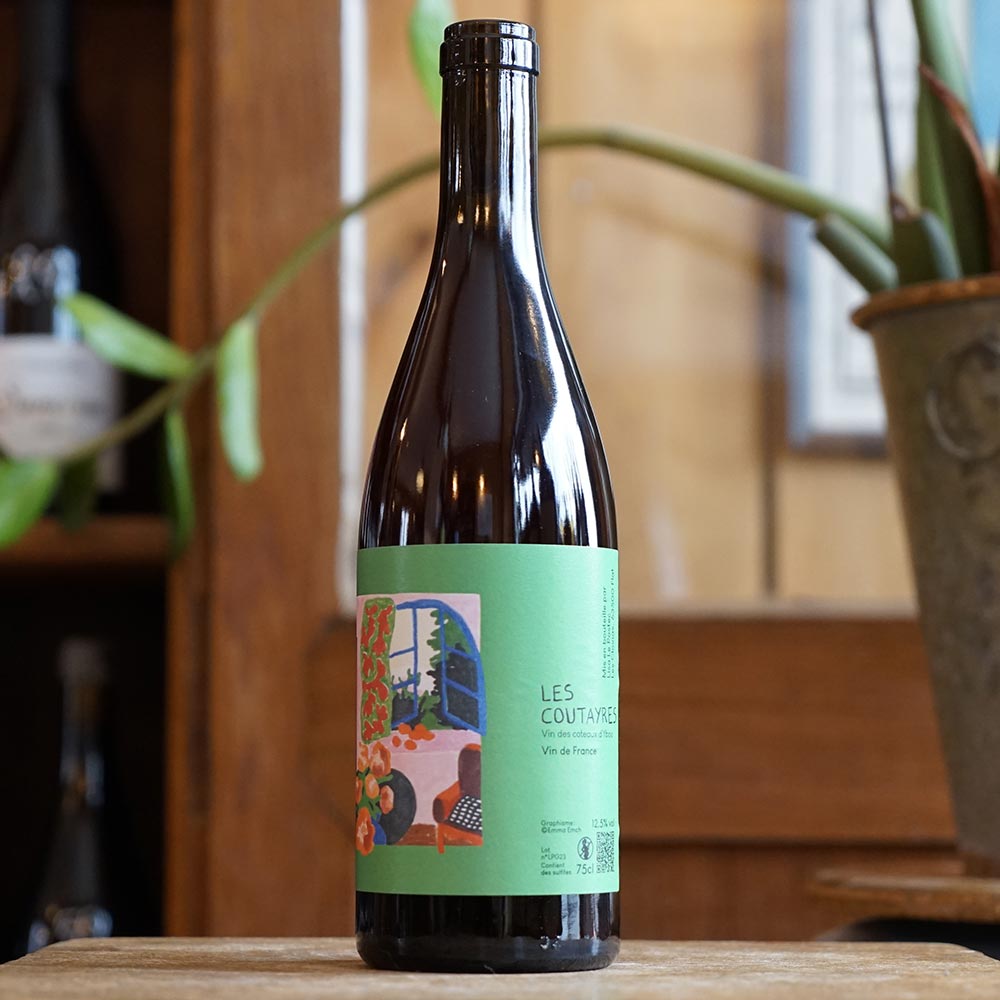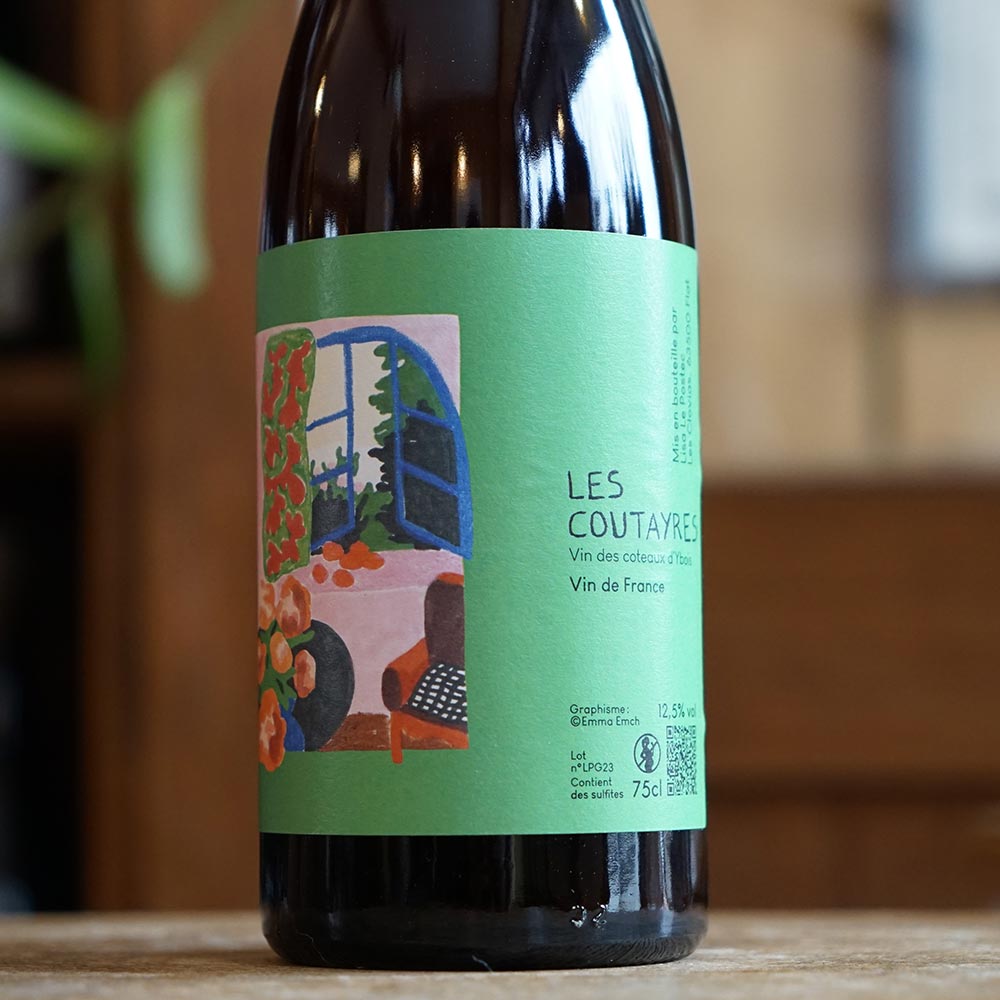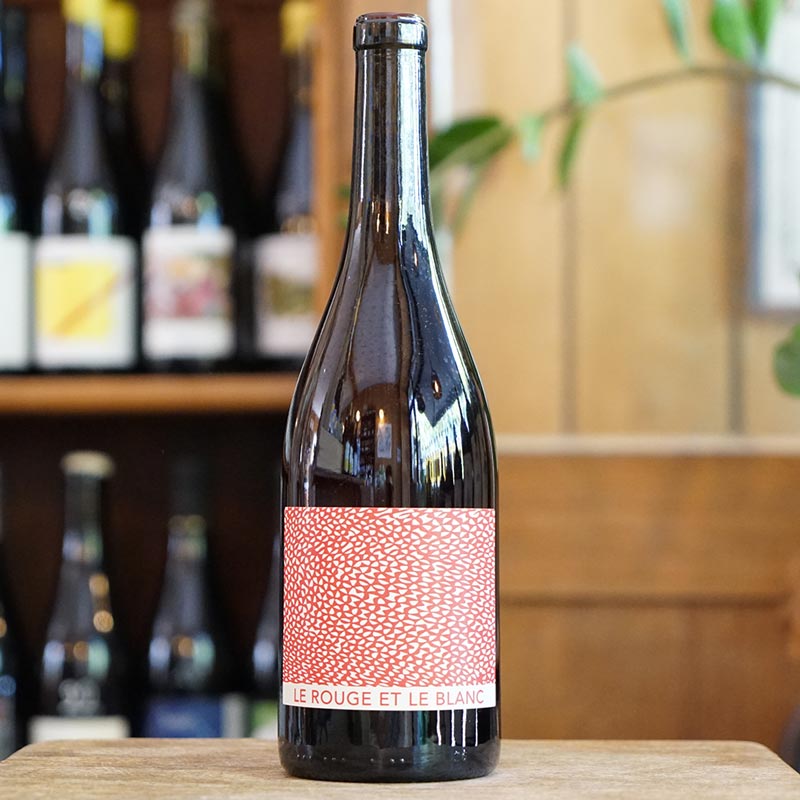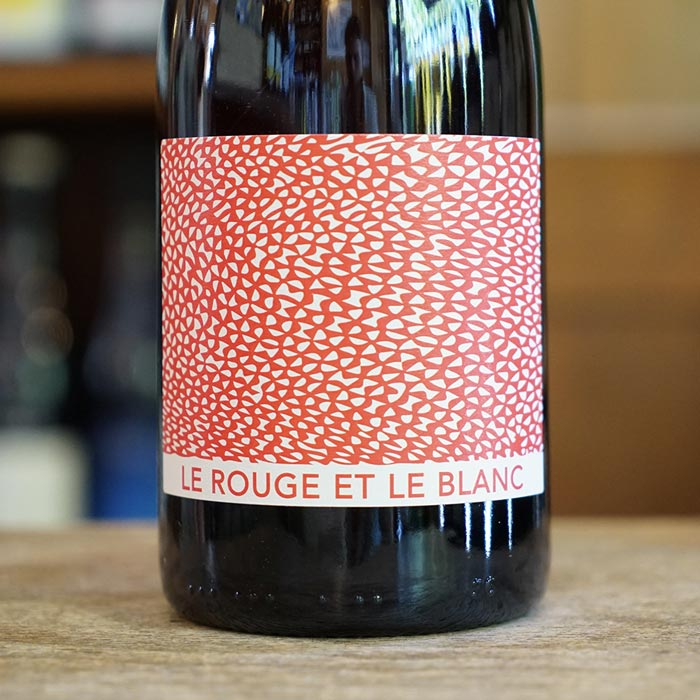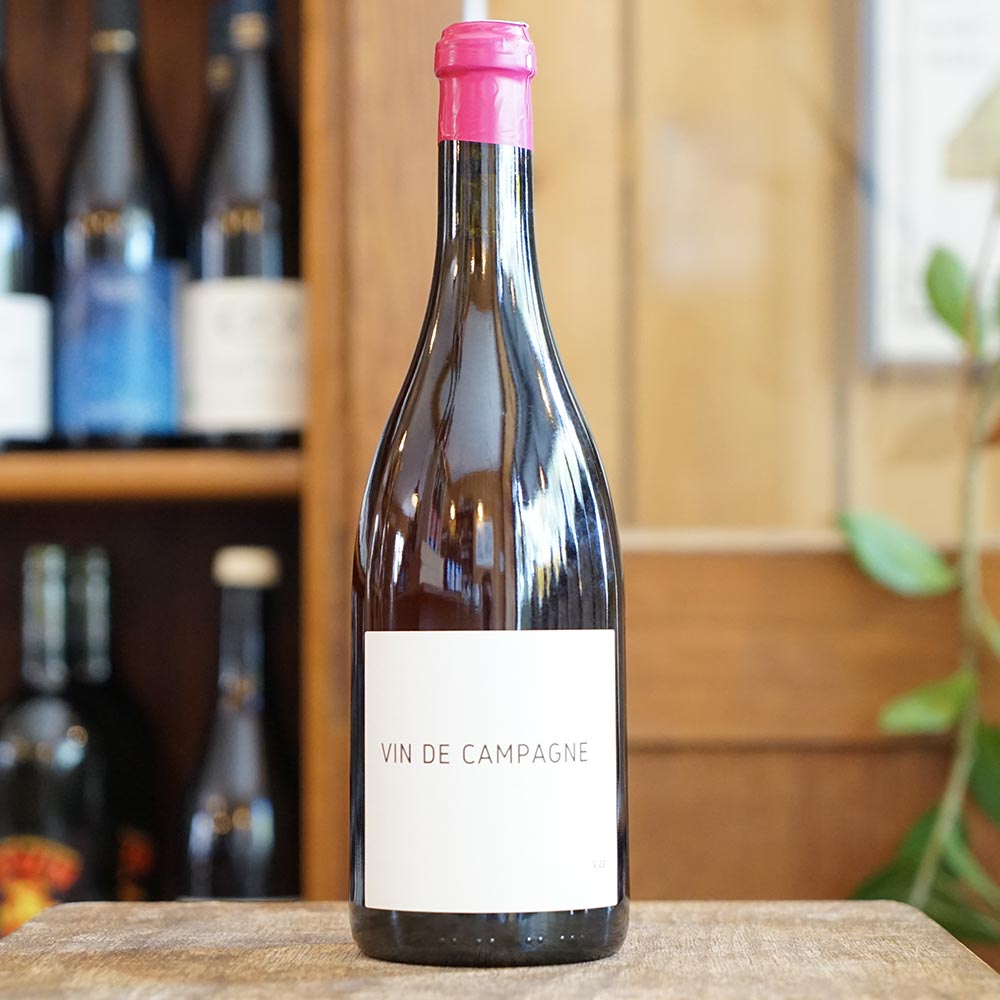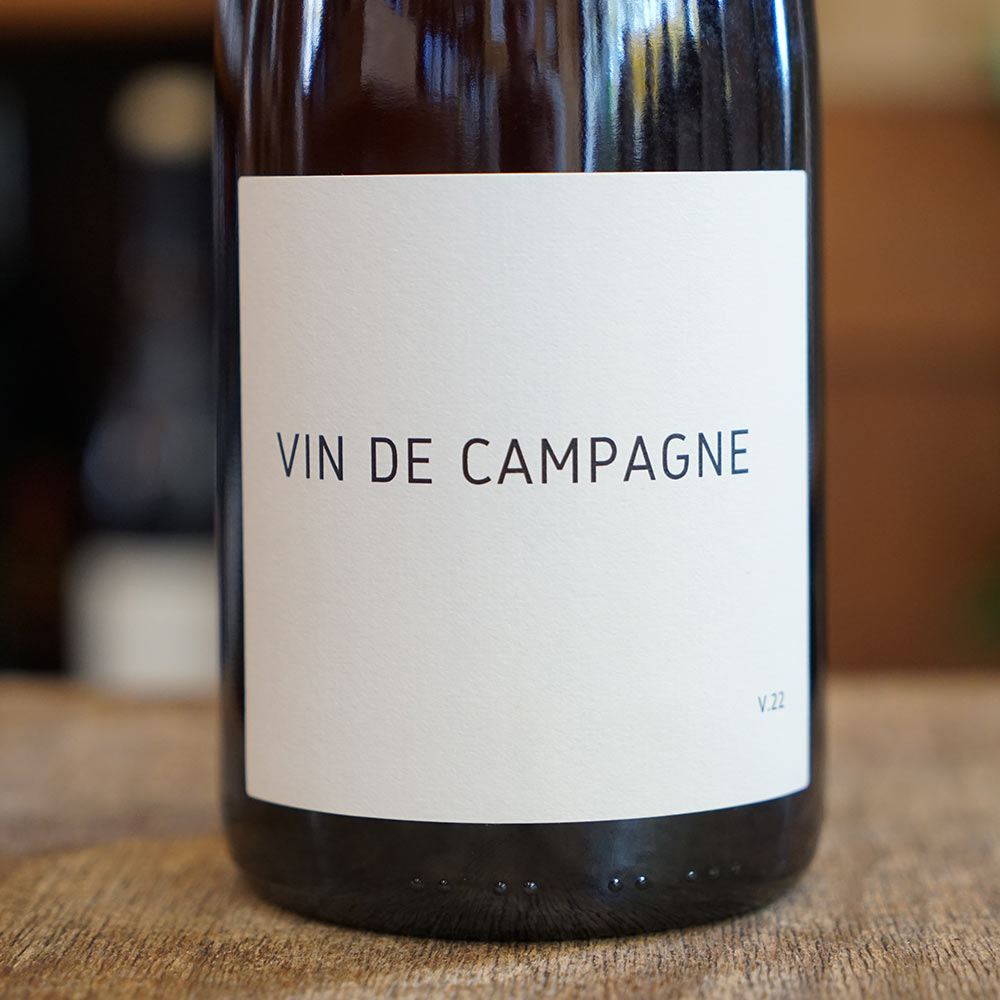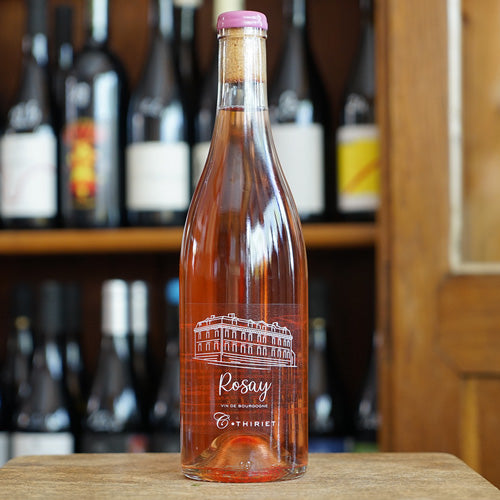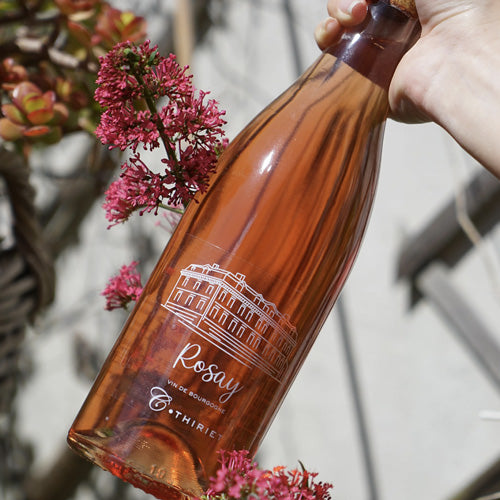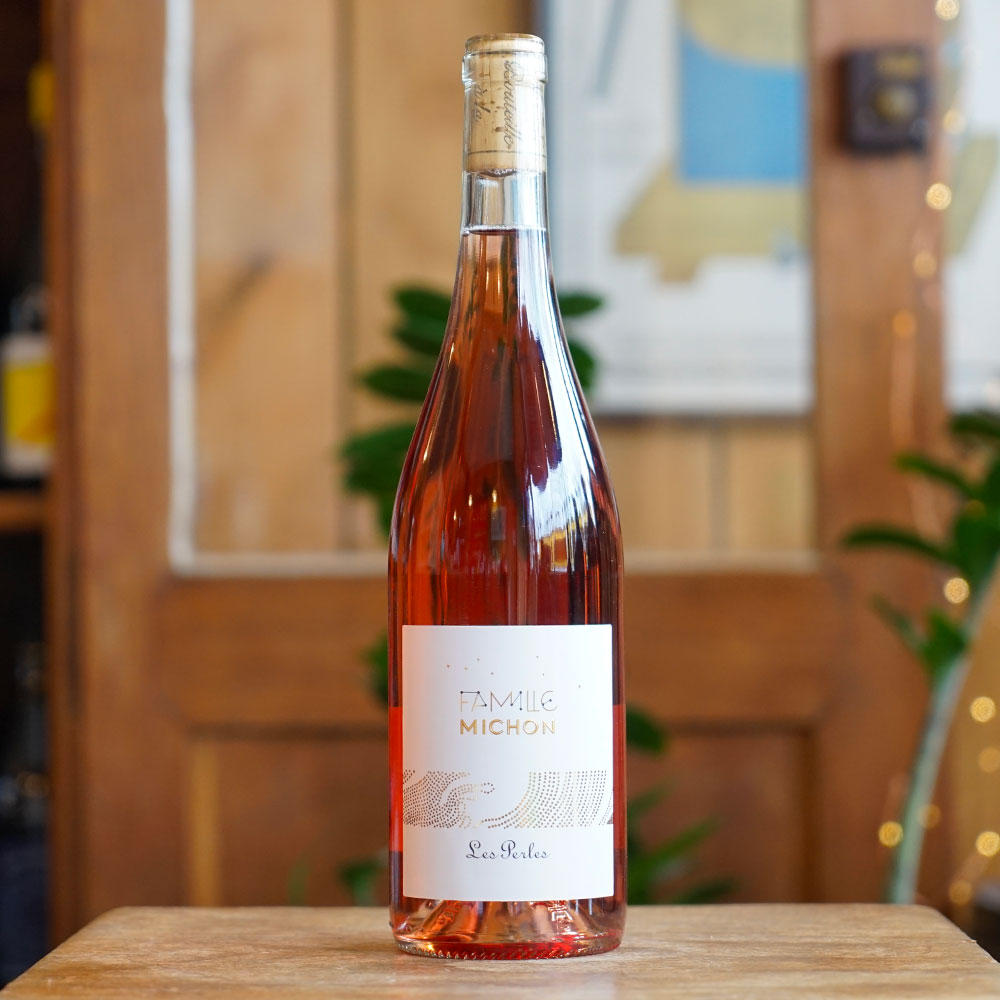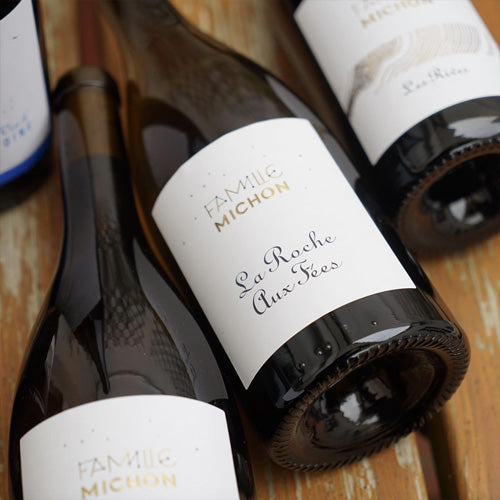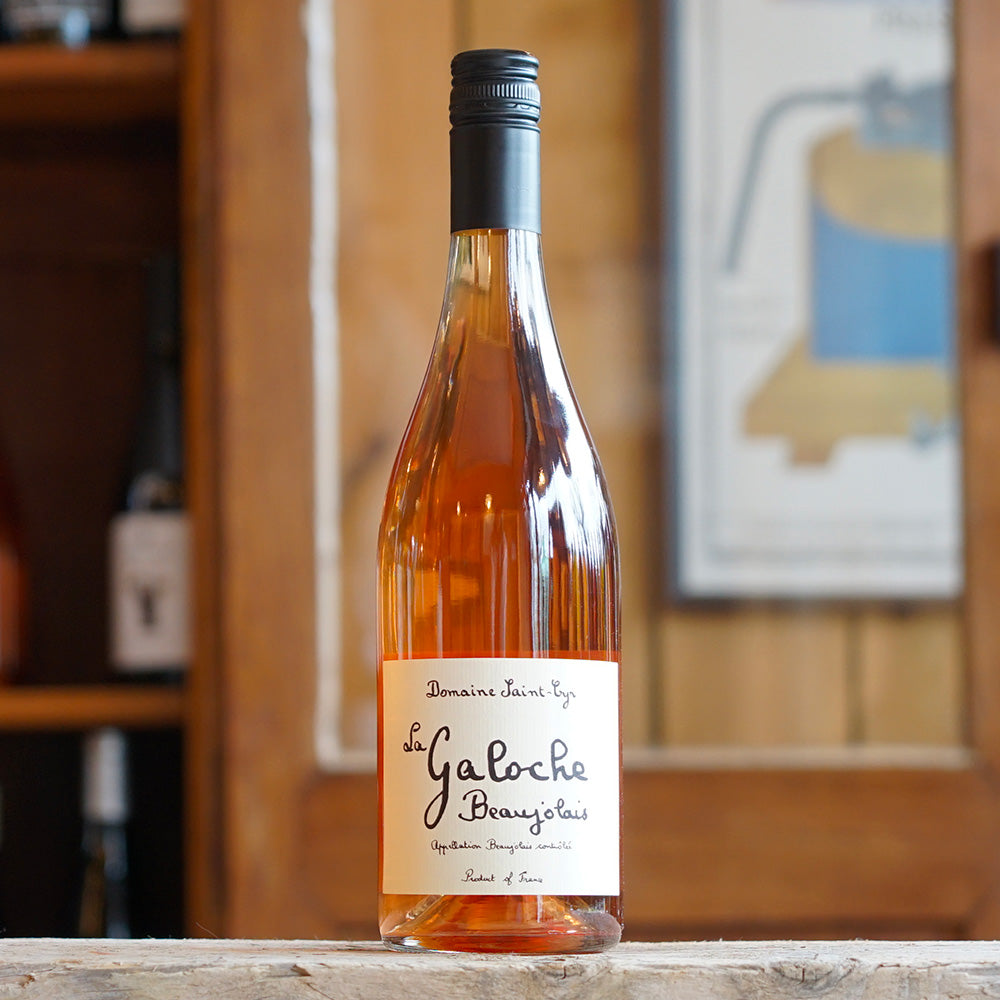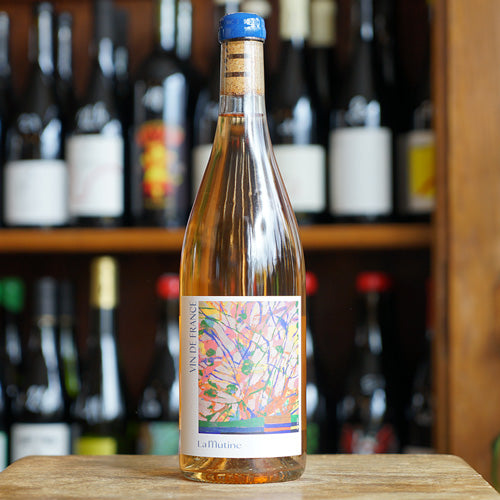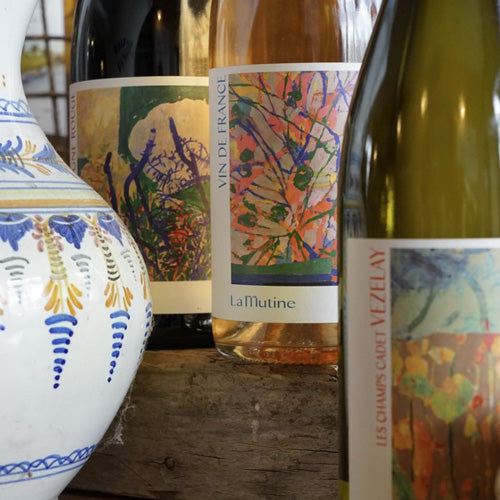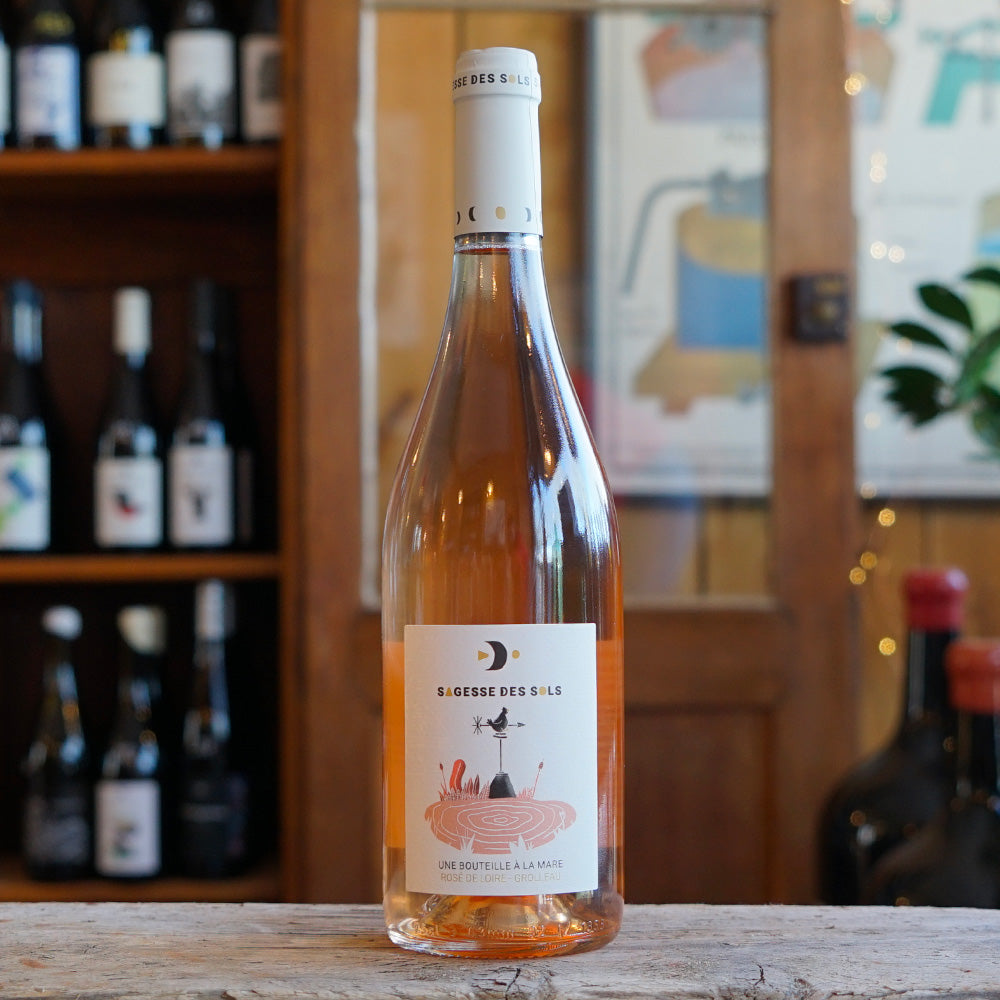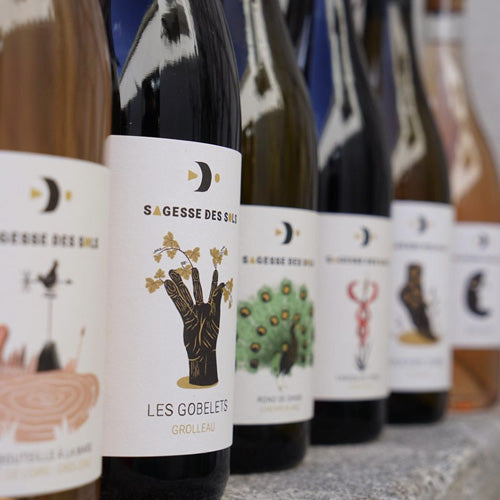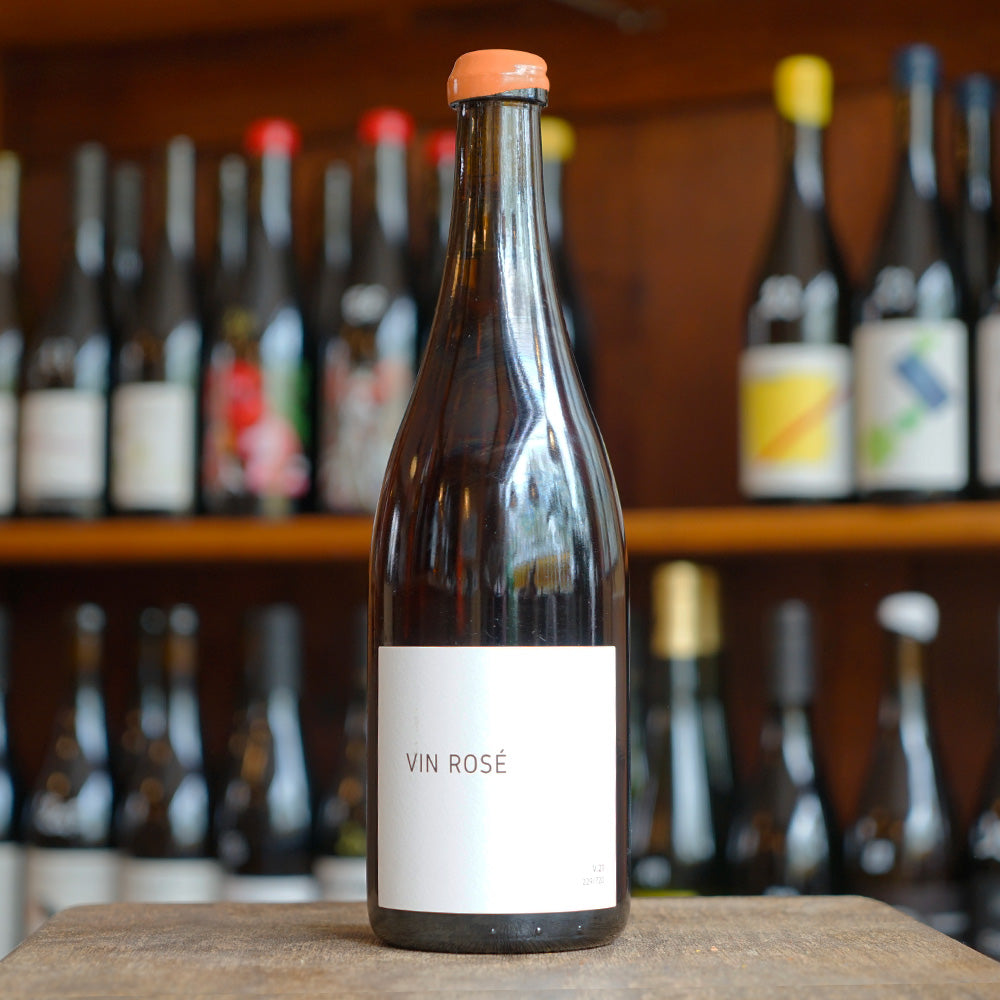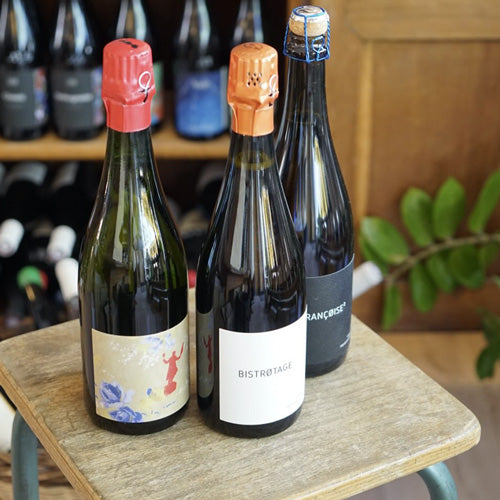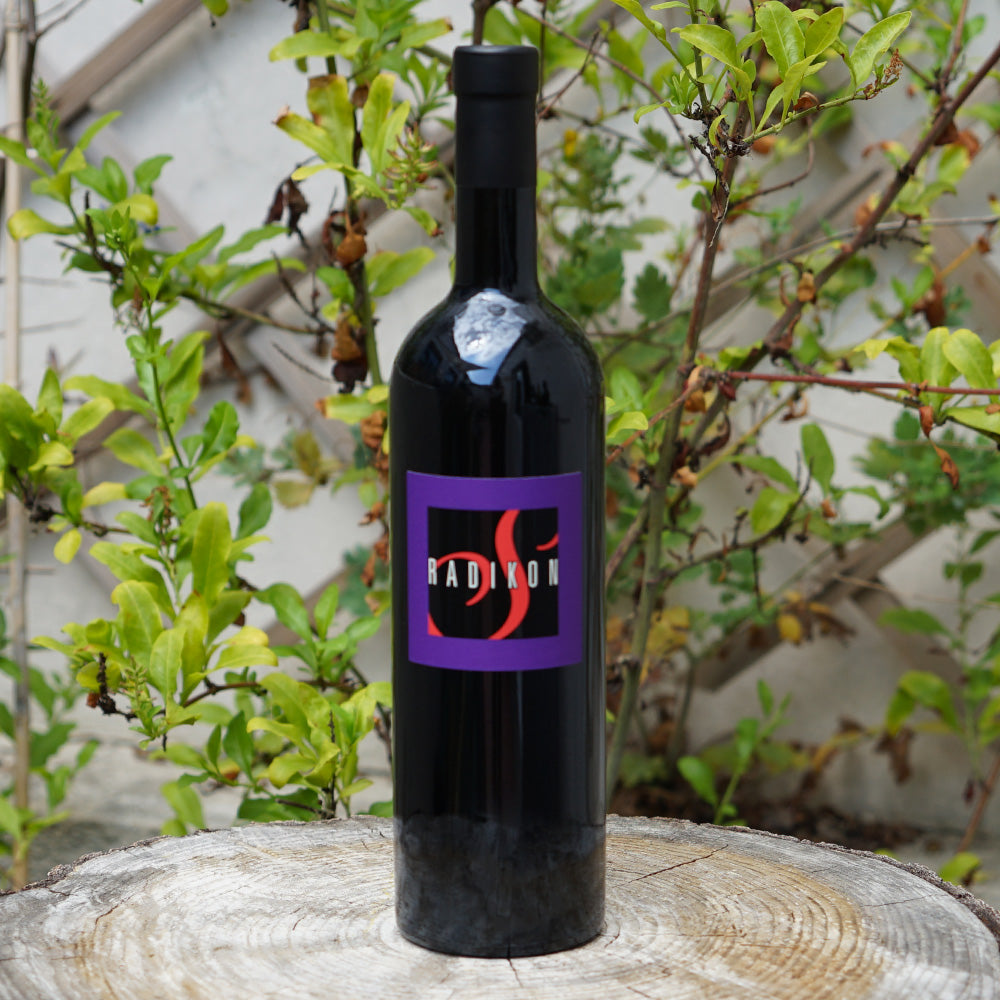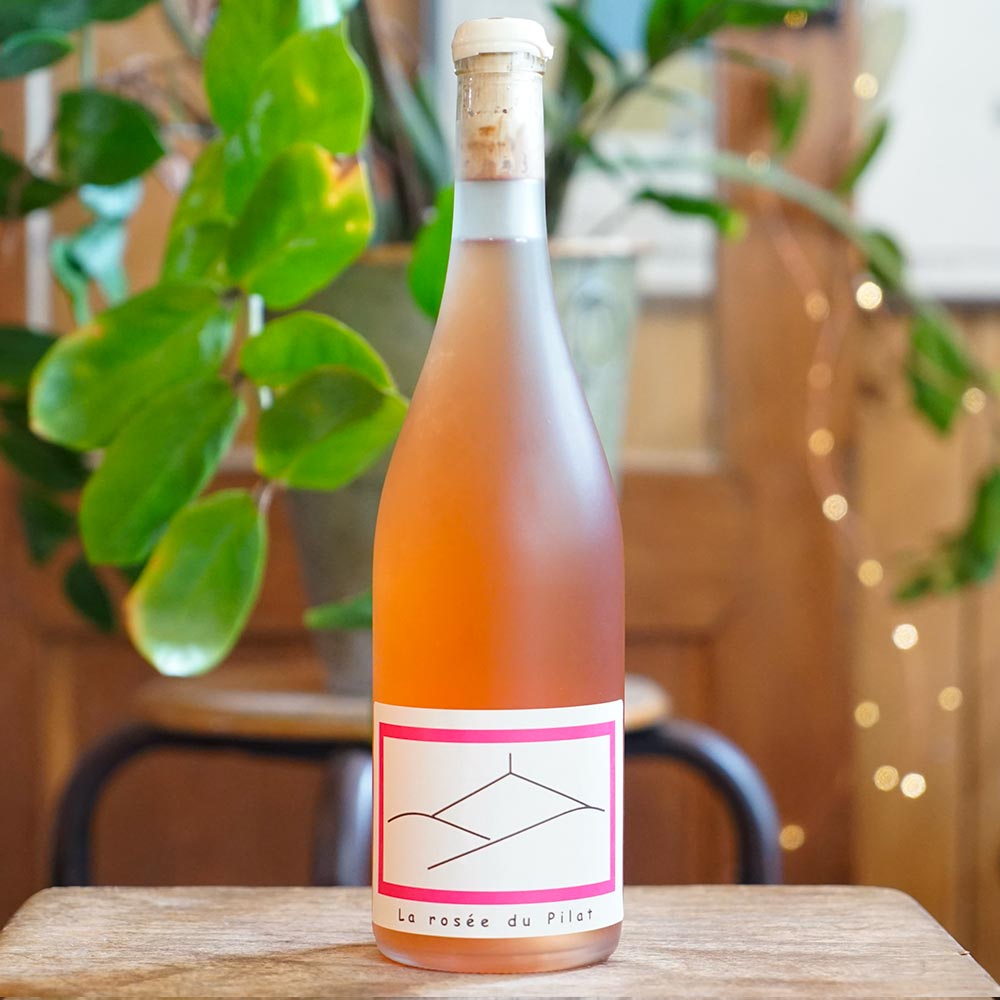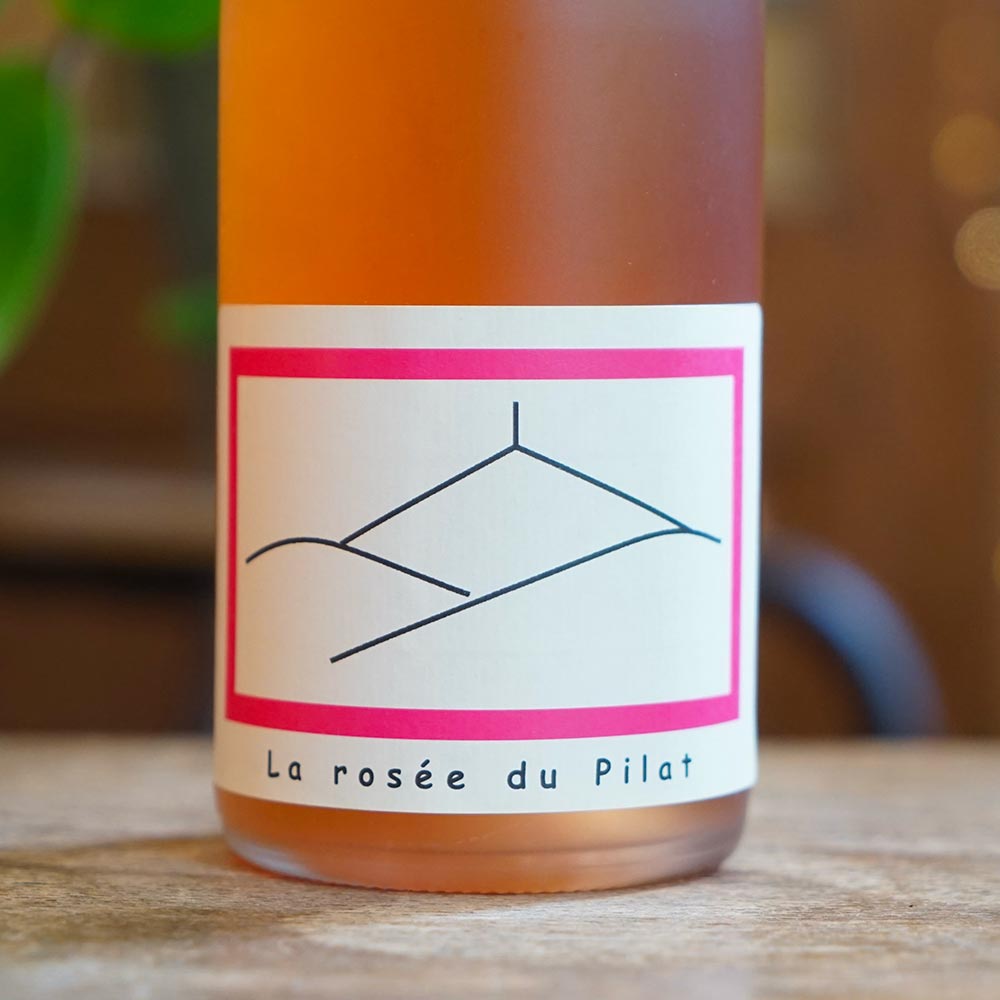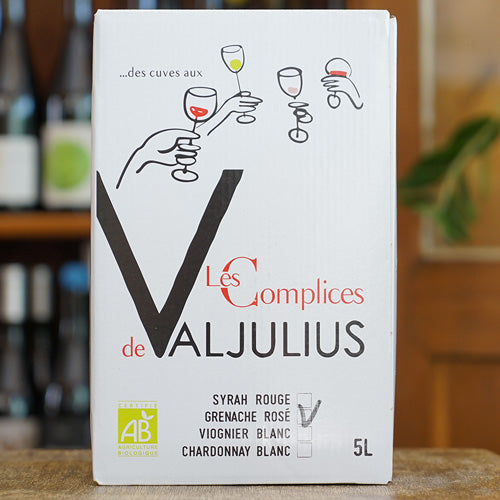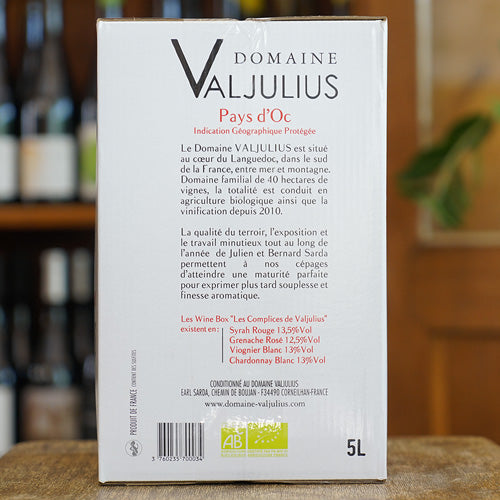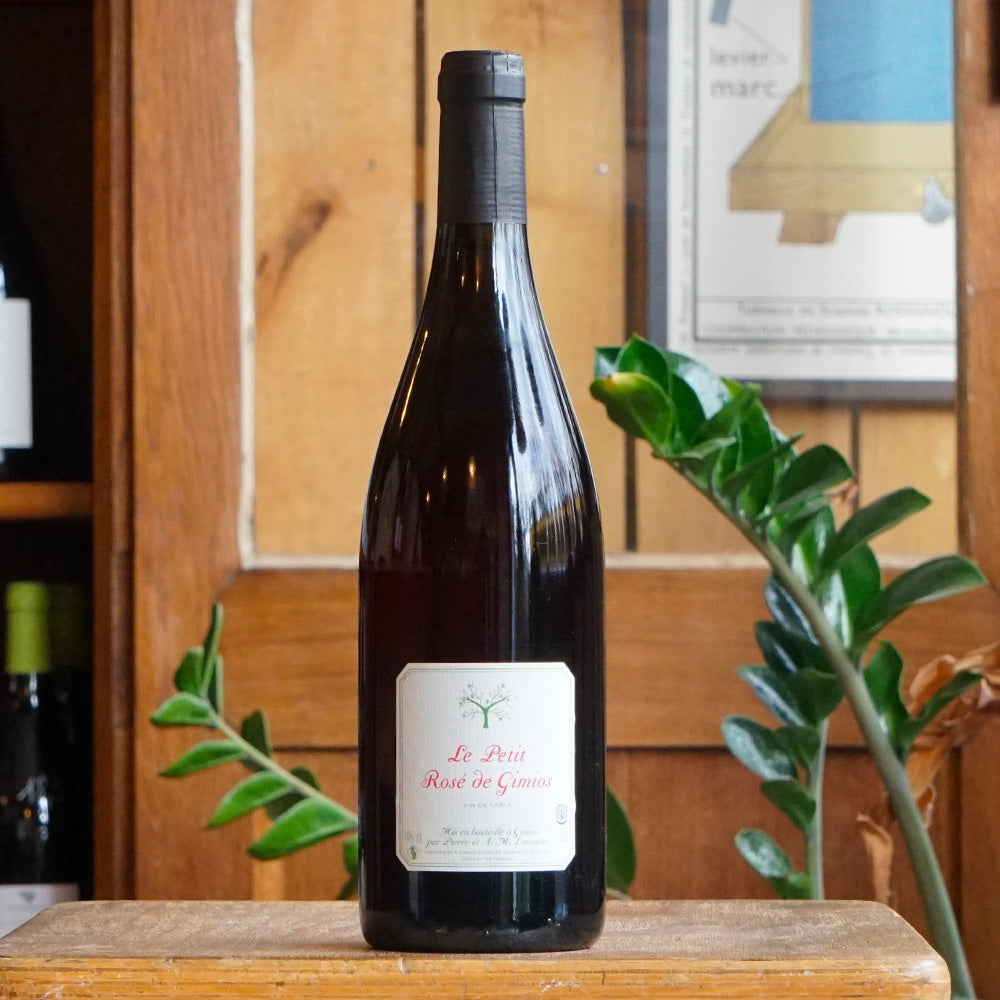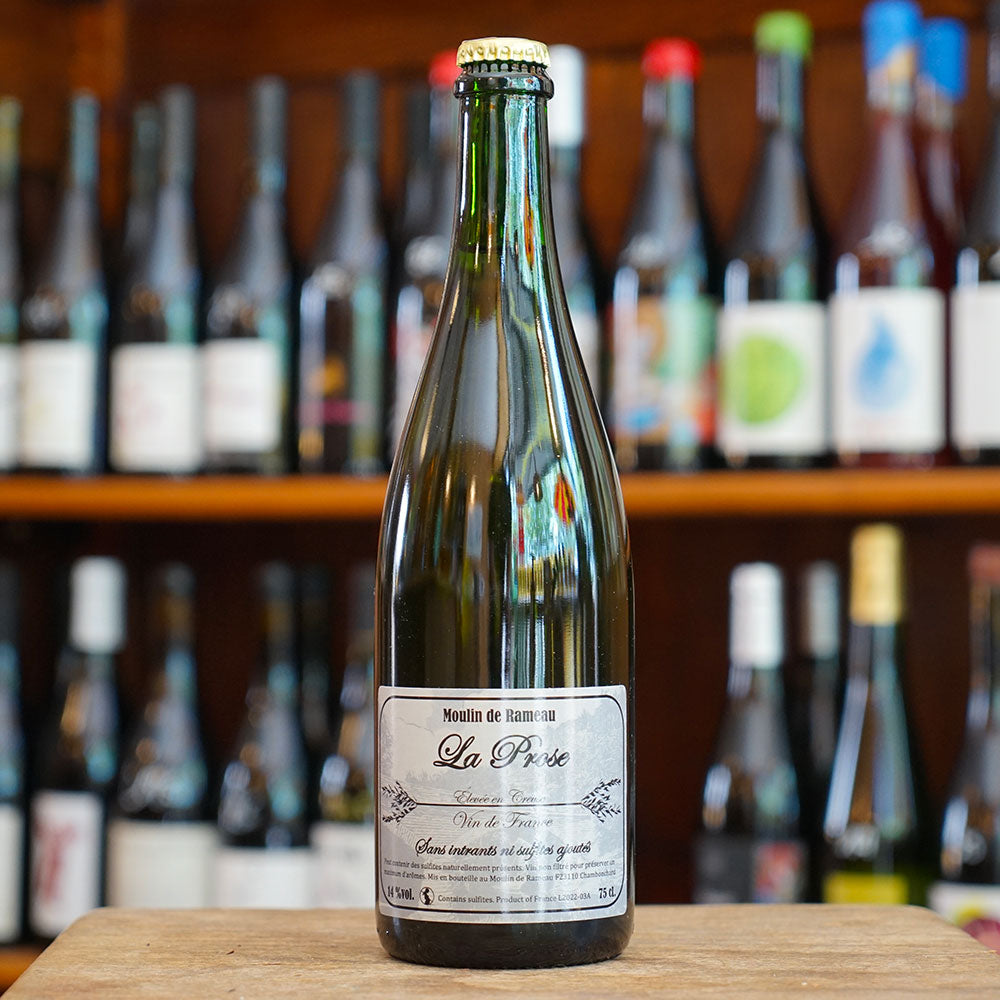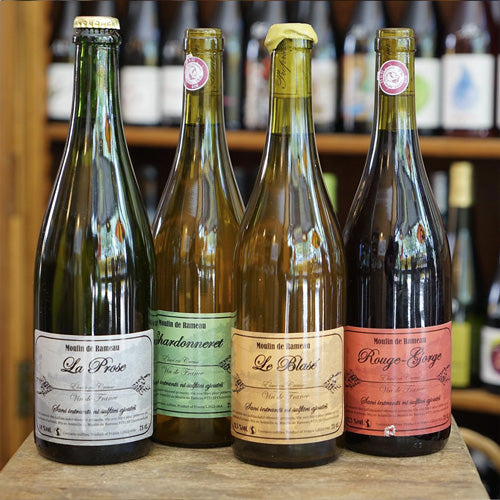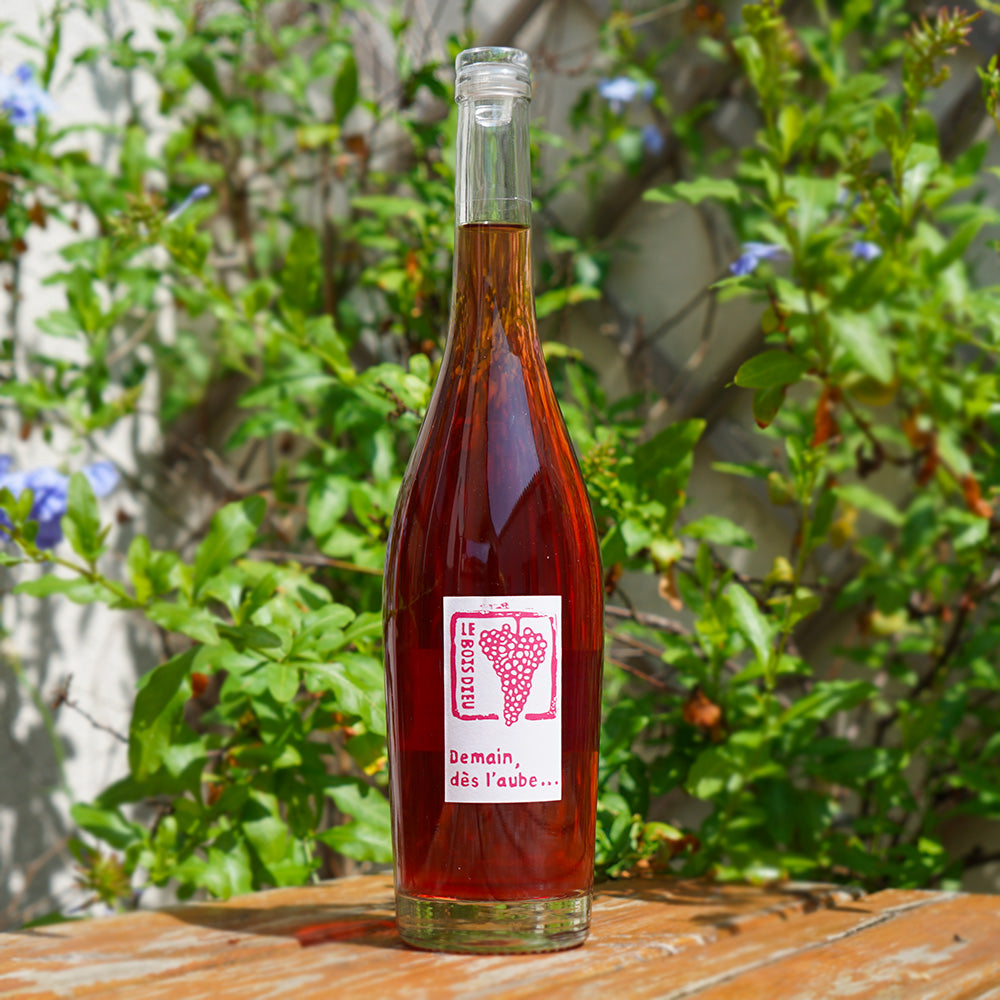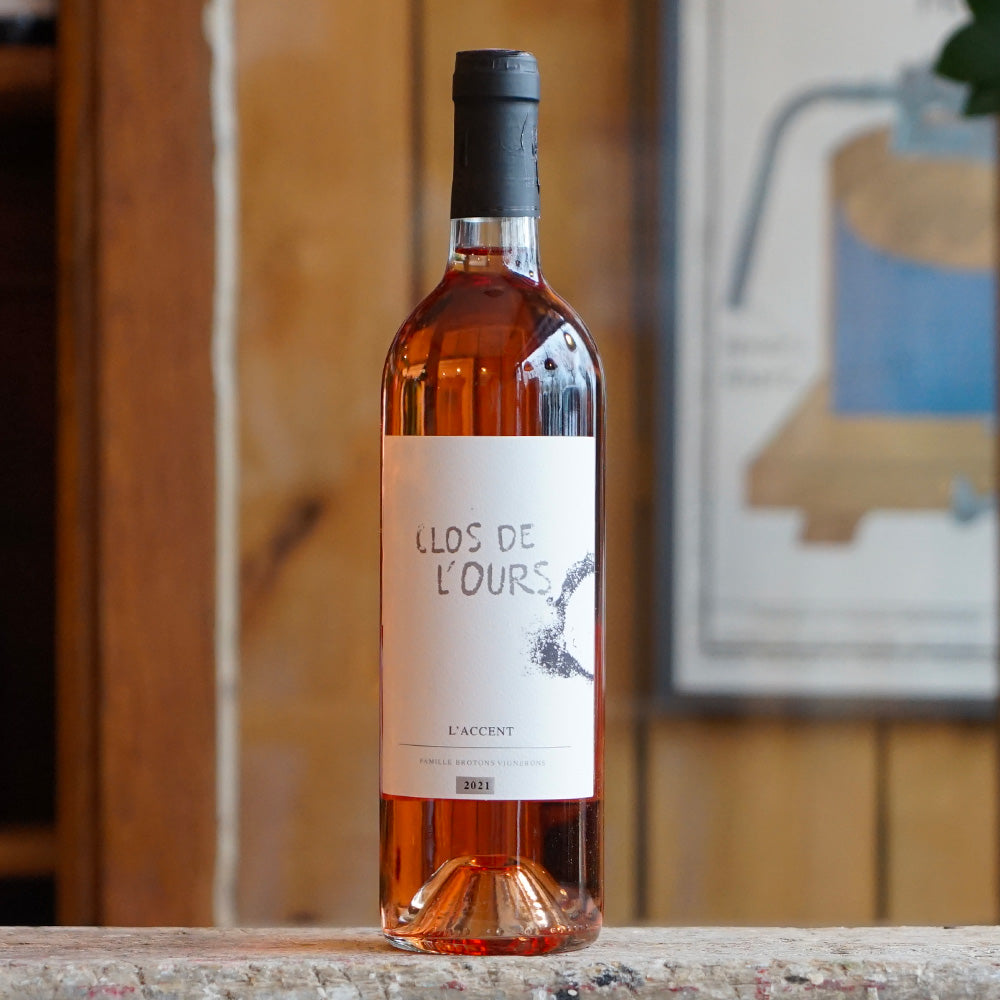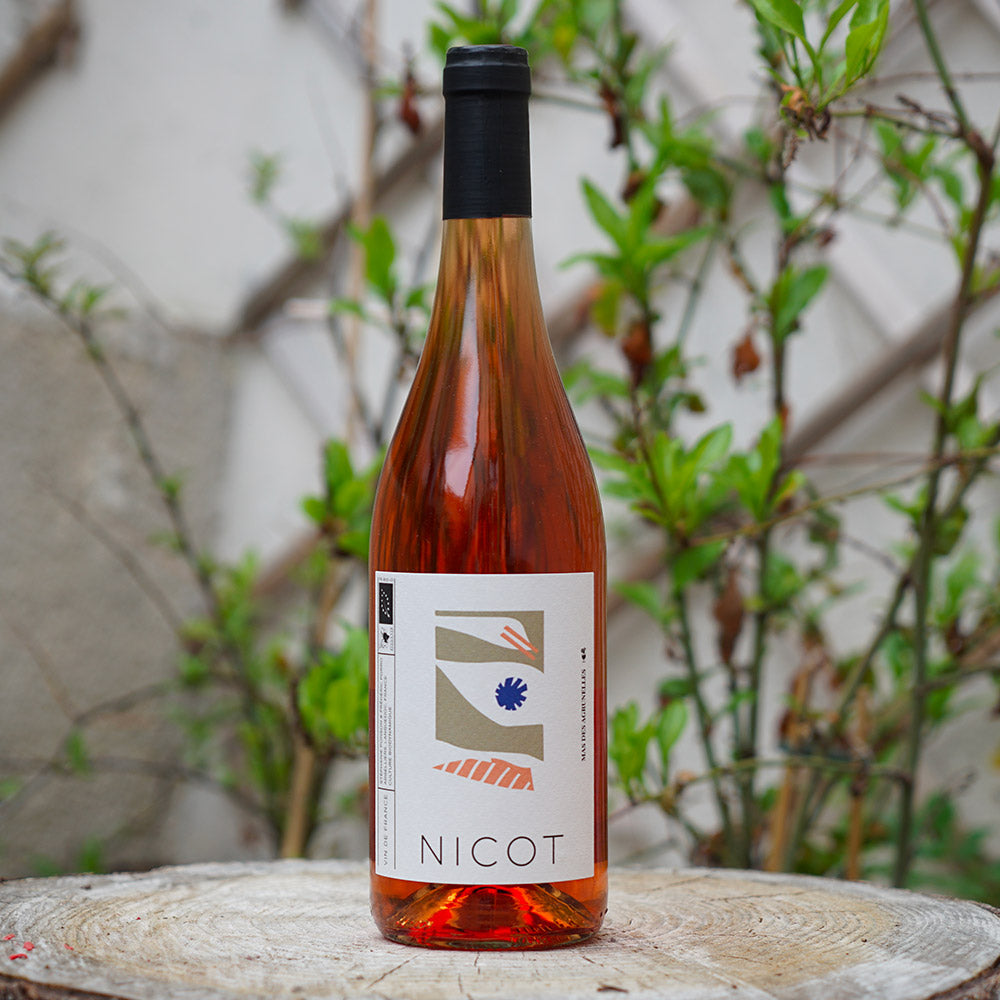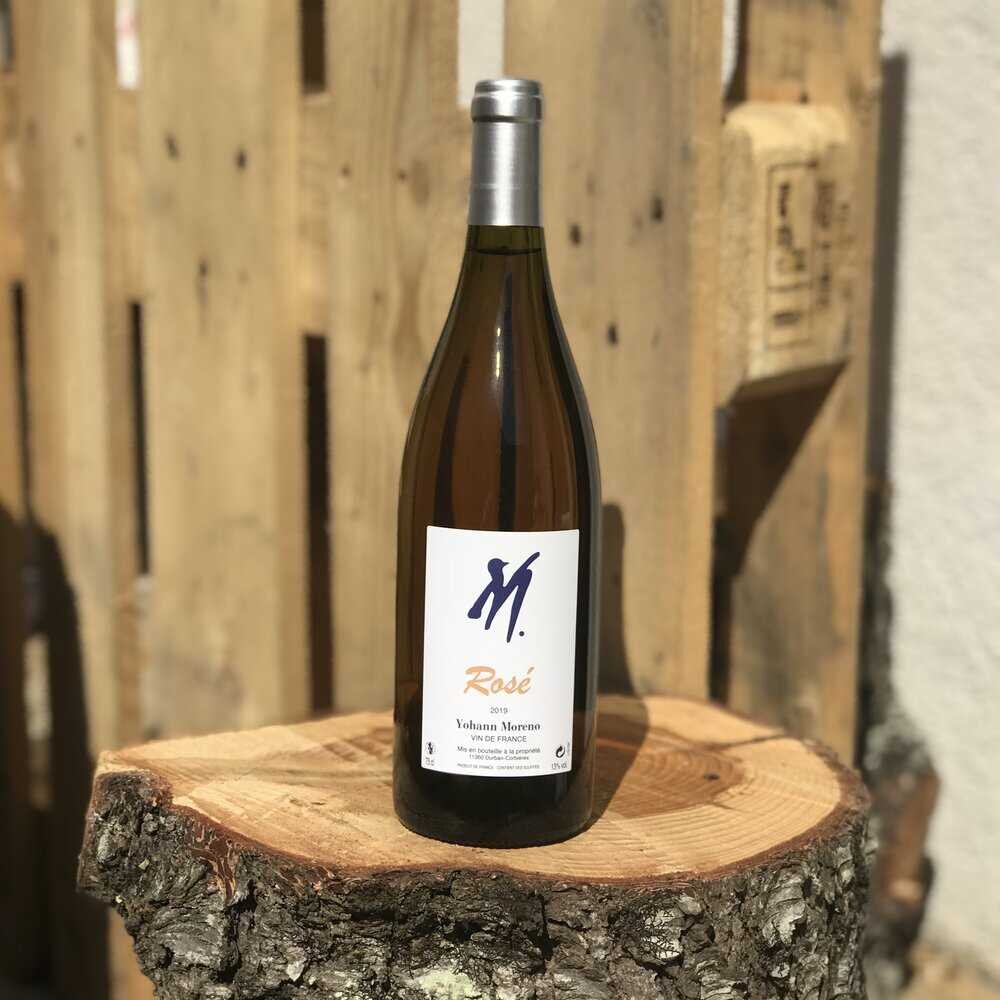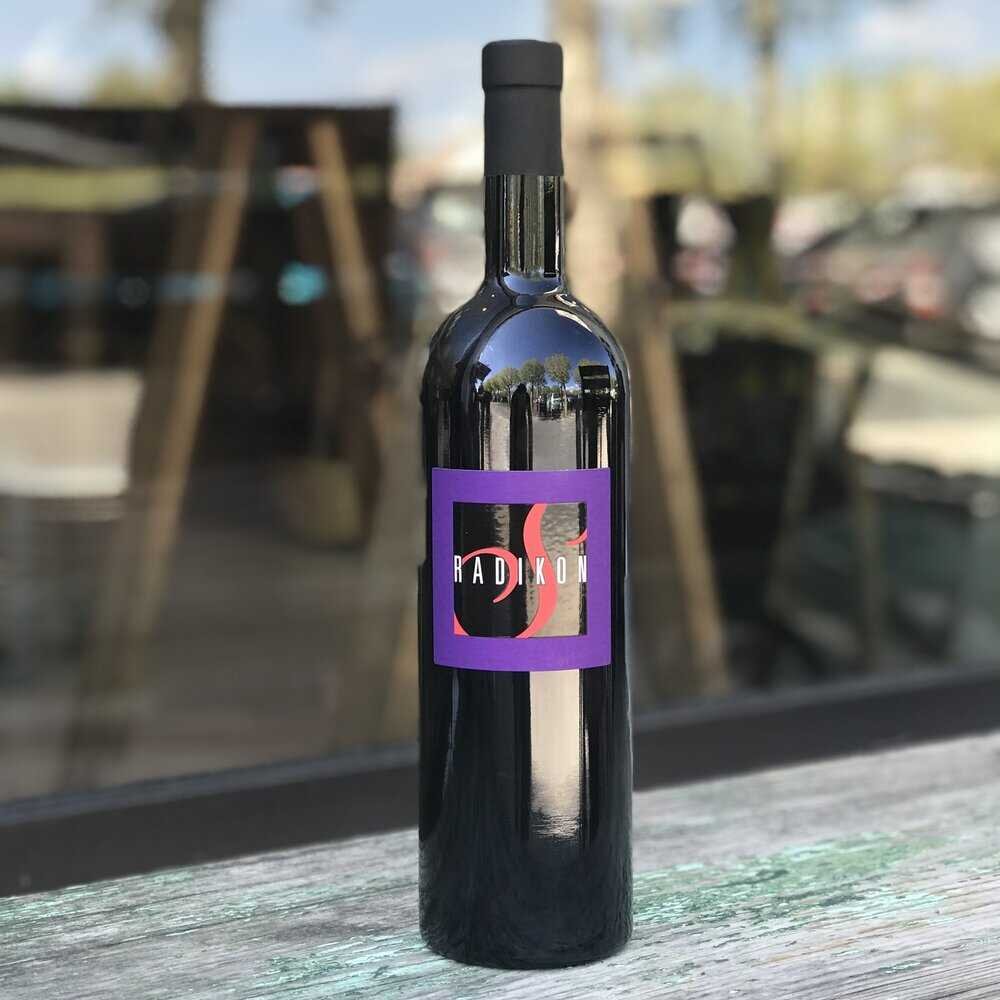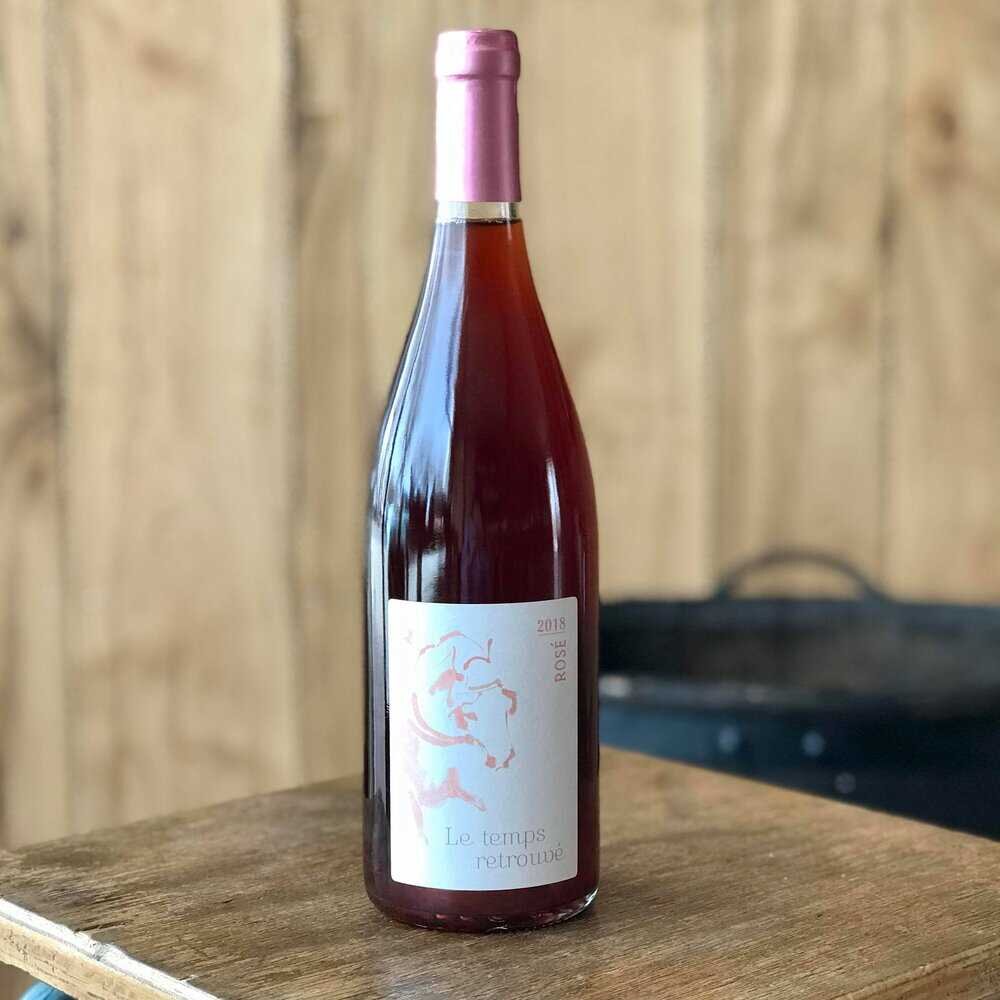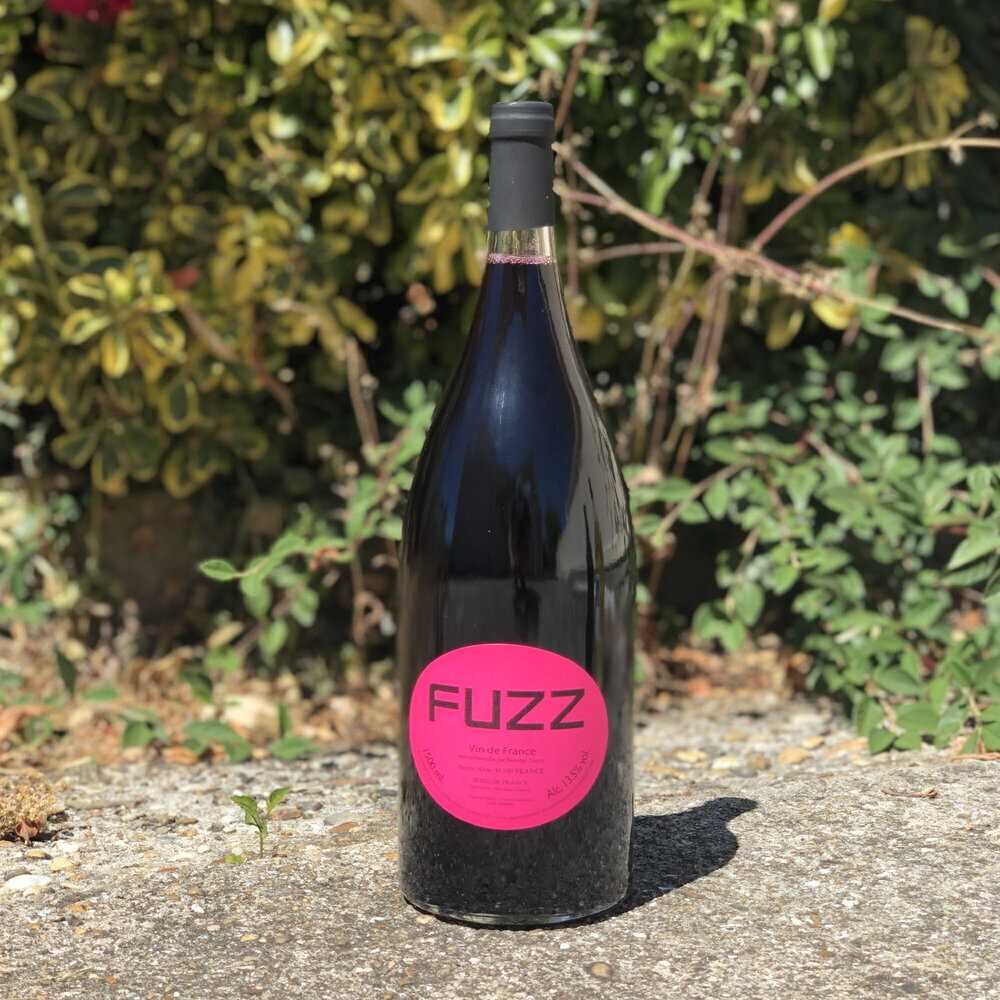Rosé Wines
Natural rosé wines
Natural rosé wines are made from red grapes, grown in a natural and responsible way, that is to say they are cultivated according to the principles of organic or biodynamic agriculture, with manual harvesting, without synthetic pesticides and with doses of added sulphites reduced in the cellar. These are wines whose color varies between pale pink and very light red, which are produced in many wine-growing regions of France, and represent around 20% of the annual wine production in the territory. Numerous profiles of natural rosé wines are represented depending on the regions, soils, climates and cultivated varieties.
Production of natural rosé wines
Natural rosé wines are produced using the direct pressing principle. The red grapes grown according to biodynamic principles are picked by hand in the morning once optimal maturity has been obtained in order to preserve the physical and taste integrity of the berries and avoid oxidation phenomena. The latter are incorporated without adding sulphites in a press (pneumatic or vertical) with or without their stalks, and are directly pressed under mechanical action. This operation aims to extract the juice from the grape berries, more or less intensely and for more or less time depending on the desired wine profile.
The juices are then lowered into vats or barrels for alcoholic fermentation in the liquid phase, unlike red wines. The latter is produced by native yeasts naturally present on grape berries.
Once fermentation is complete, the wines are aged in barrels or vats depending on the type of wine desired and the methods of consumption, depending on whether it is intended for aging, or whether it is appreciated for its fresh fruit qualities. and lightness.
Other so-called “bleeding” rosés are rosés with short macerations. They have a less varietal profile in general, and are carried by more sustained bitterness.
The different natural rosés
Rosé wines are present in all the wine-growing regions of France, each with its specific soil and climate, and variety of associated red grapes. Depending on the grape varieties used and the winemaking techniques, natural rosé wines can present several very distinct profiles. All wine regions producing red wines generally produce natural rosé wines, hence the unique identity of each rosé wine.
The Bordeaux region and the South-West produce dense rosés made mainly from Merlot and Cabernet Sauvignon, with notes of fresh blackcurrant, while the South-East rosés are obtained by pressing Gamay, Grenache Noir and Cinsault, on notes of fresh red fruits such as raspberry and morello cherry. The Loire Valley is a region producing natural rosé wines from Cabernet Franc, with floral notes and a touch of bitterness. All these wines are made as naturally as possible without chemical inputs and drastically reduced doses of sulphites.
